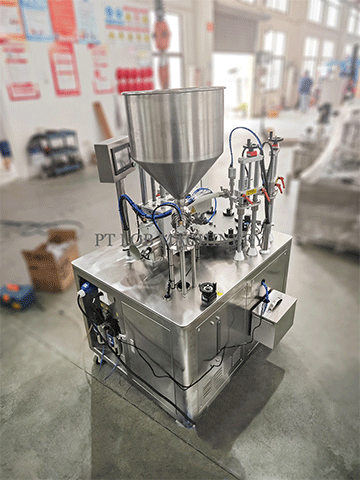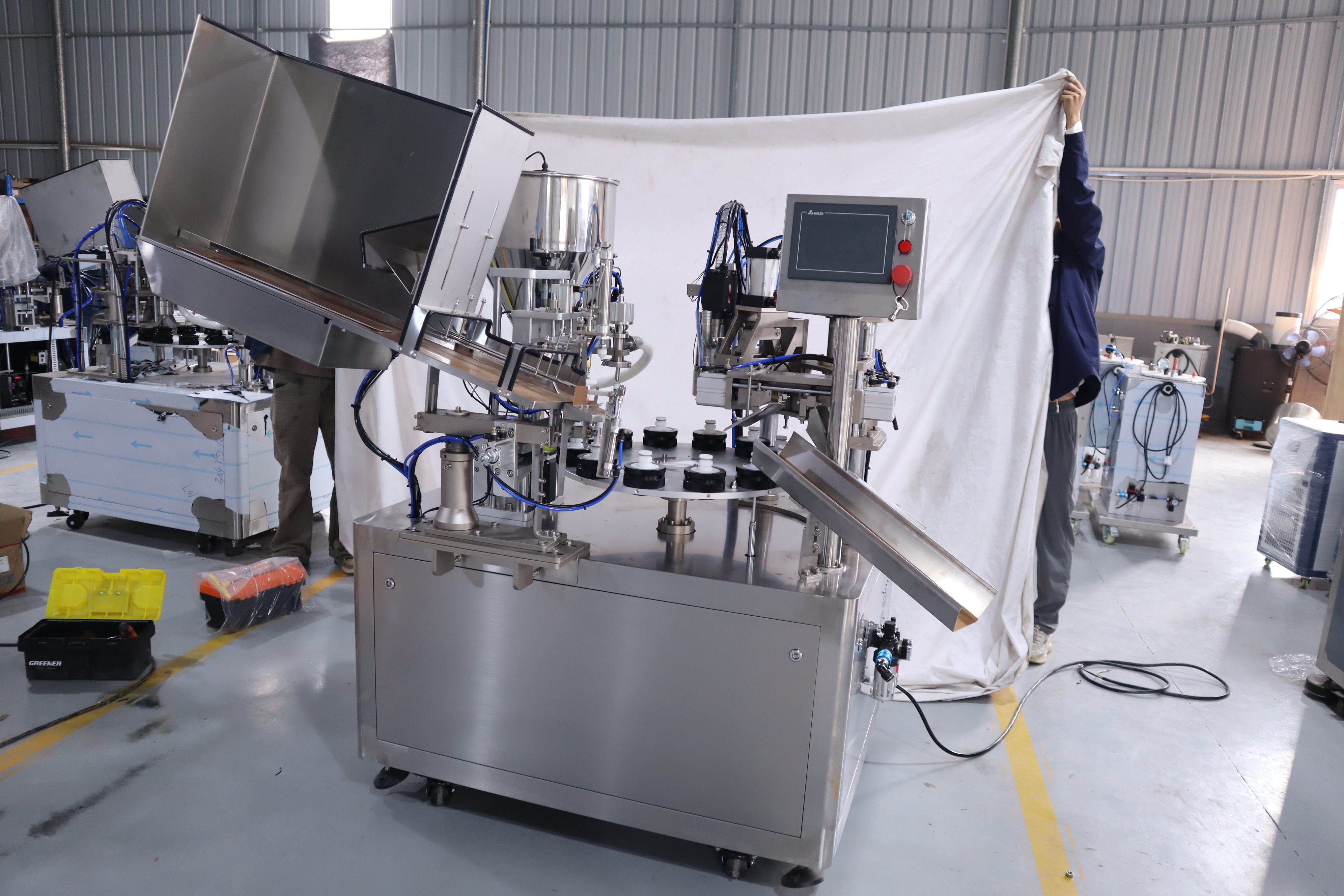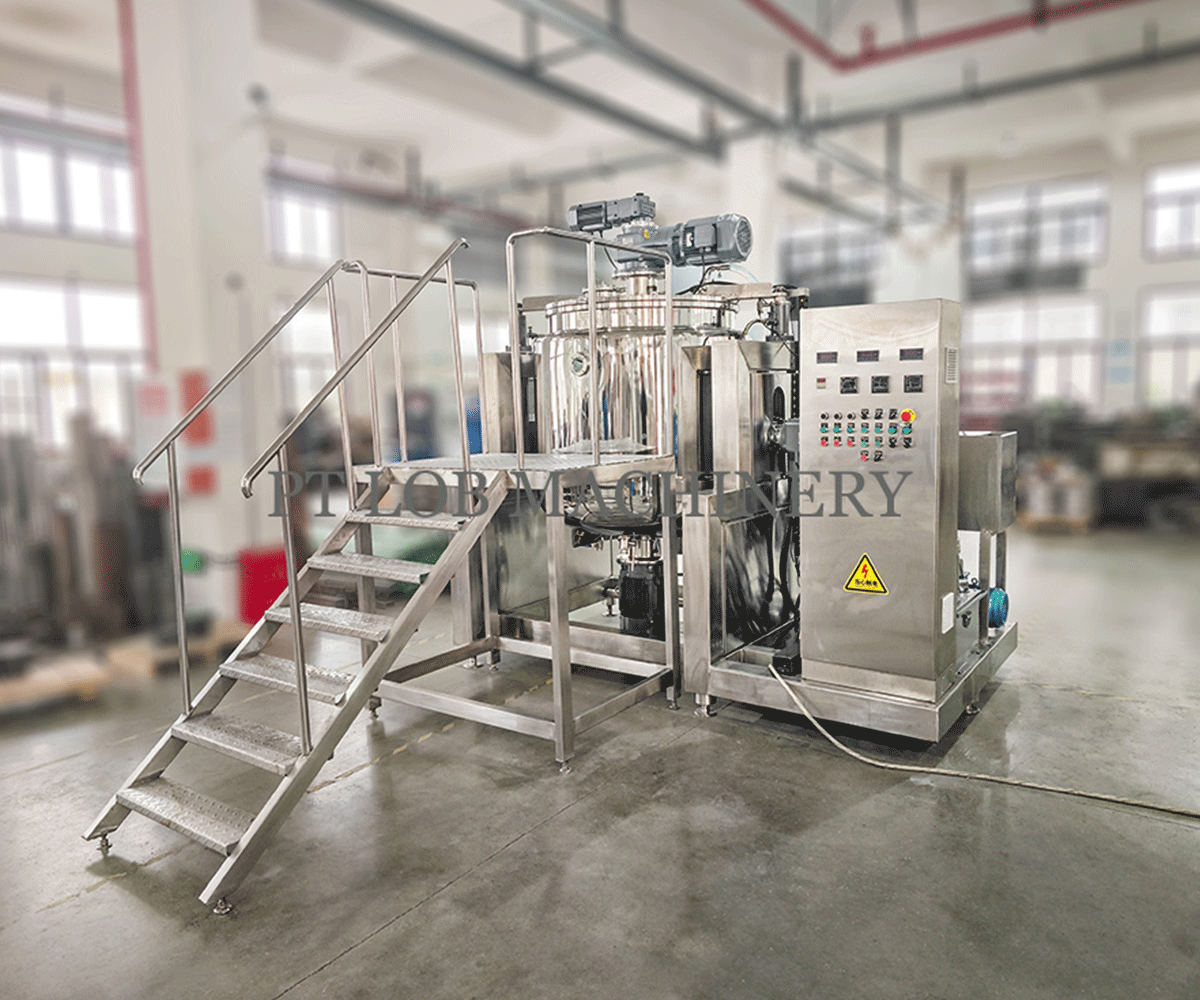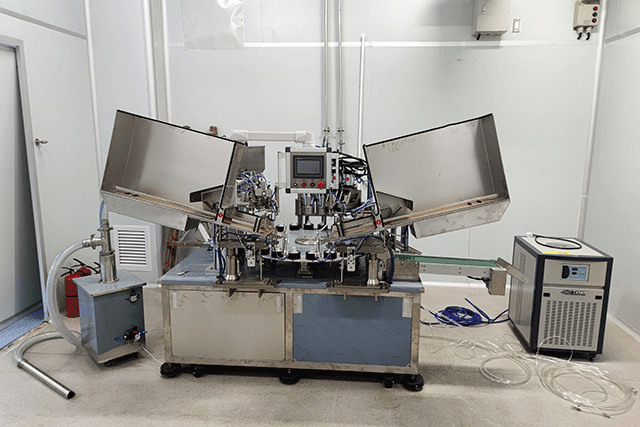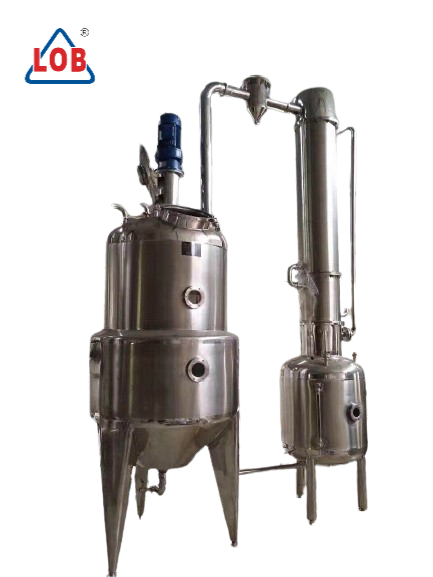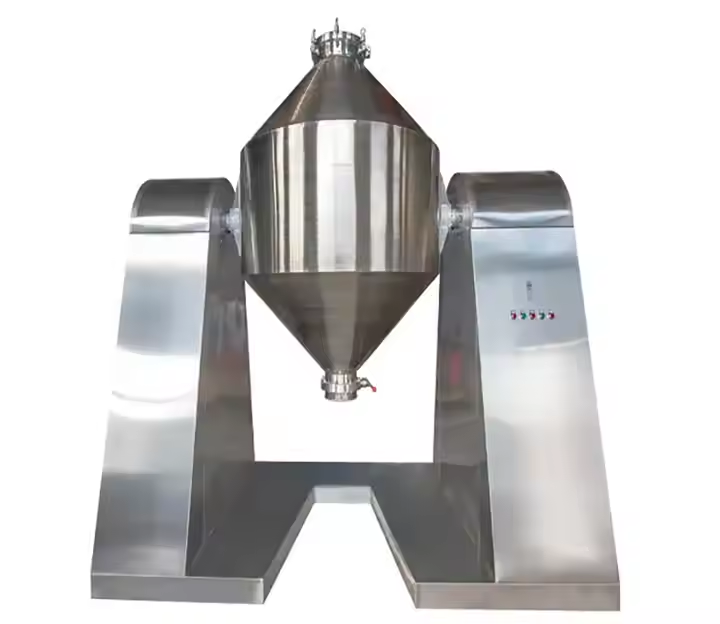How to Use Colloid Mill: Mastering Efficiency and Precision in Processing
Understanding how to use a colloid mill effectively is paramount for industries reliant on precise particle size reduction and homogenization processes. By following a systematic approach, operators can ensure consistent product quality, prolong equipment lifespan, and optimize production efficiency.
Begin by meticulously preparing the colloid mill for operation. This involves thorough cleaning of all components to eliminate any residual material or contaminants that could compromise product integrity. Additionally, inspect the mill for any signs of wear and tear, addressing any issues promptly to prevent operational disruptions.
Once the mill is prepared, attention shifts to assembly and adjustment. Ensure all components are properly aligned and securely fastened to prevent misalignment during operation. Adjust the gap between the rotor and stator according to the desired particle size, taking into account the rheological properties of the material being processed.
With the colloid mill primed for operation, it's time to initiate the processing sequence. Start by gradually feeding the material into the hopper, avoiding overloading to prevent strain on the equipment. Monitor the consistency of the output closely, making adjustments to the feed rate and mill speed as necessary to achieve the desired product characteristics.
Throughout the operation, maintain a vigilant eye on the performance of the colloid mill. Regularly inspect the product for uniformity and quality, addressing any deviations promptly to maintain consistency. Additionally, be mindful of the operating conditions, ensuring that the mill remains within its specified parameters to prevent overheating and mechanical stress.
Proper maintenance is crucial for preserving the longevity and performance of the colloid mill. Establish a routine maintenance schedule that includes cleaning, lubrication, and inspection of key components. Address any issues or abnormalities promptly to prevent downtime and costly repairs.
Investing in high-quality colloid mills from reputable manufacturers is essential for ensuring reliable performance and consistent results. Prioritize equipment that offers robust construction, precision engineering, and comprehensive support services to maximize return on investment.
In conclusion, mastering the art of colloid mill operation requires attention to detail, precision, and proactive maintenance. By following a systematic approach and adhering to best practices, operators can unlock the full potential of their equipment, achieving optimal efficiency and product quality in processing operations.
 English
English 
